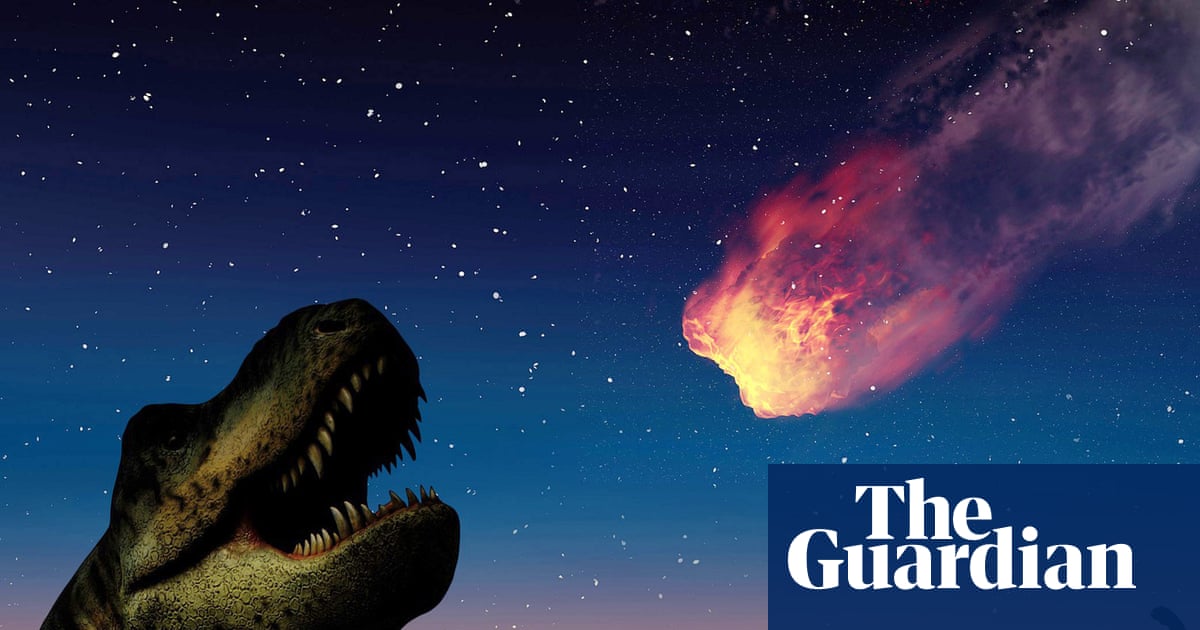- Total News Sources
- 2
- Left
- 2
- Center
- 0
- Right
- 0
- Unrated
- 0
- Last Updated
- 50 days ago
- Bias Distribution
- 100% Left


University of Chicago unveils first full-body 66-million-year-old dinosaur fossil
Recent paleontological research challenges the notion that dinosaurs were in decline before the asteroid impact 66 million years ago that caused their mass extinction. Studies of rock formations in New Mexico and Wyoming reveal that diverse and thriving dinosaur communities, including species like Tyrannosaurus rex and Triceratops-like herbivores, existed shortly before the extinction event. The discovery of well-preserved duck-billed dinosaur mummies with detailed skin, spikes, and hooves provides unprecedented insight into their appearance and biology through a preservation process involving a thin clay film. These findings, based on methods such as isotope dating, magnetic analysis, and CT scans, suggest that ecosystems were robust rather than weakened by the time of the asteroid strike. Additionally, new fossil evidence from the Triassic period indicates that early dinosaur relatives, such as silesaurids, were larger and more ecologically significant than previously thought, rewriting aspects of dinosaur origins and early evolution. Overall, the combined research reveals that dinosaurs were diverse and flourishing up until the catastrophic asteroid impact, which was the primary cause of their extinction.


- Total News Sources
- 2
- Left
- 2
- Center
- 0
- Right
- 0
- Unrated
- 0
- Last Updated
- 50 days ago
- Bias Distribution
- 100% Left
Related Topics
Stay in the know
Get the latest news, exclusive insights, and curated content delivered straight to your inbox.

Gift Subscriptions
The perfect gift for understanding
news from all angles.
